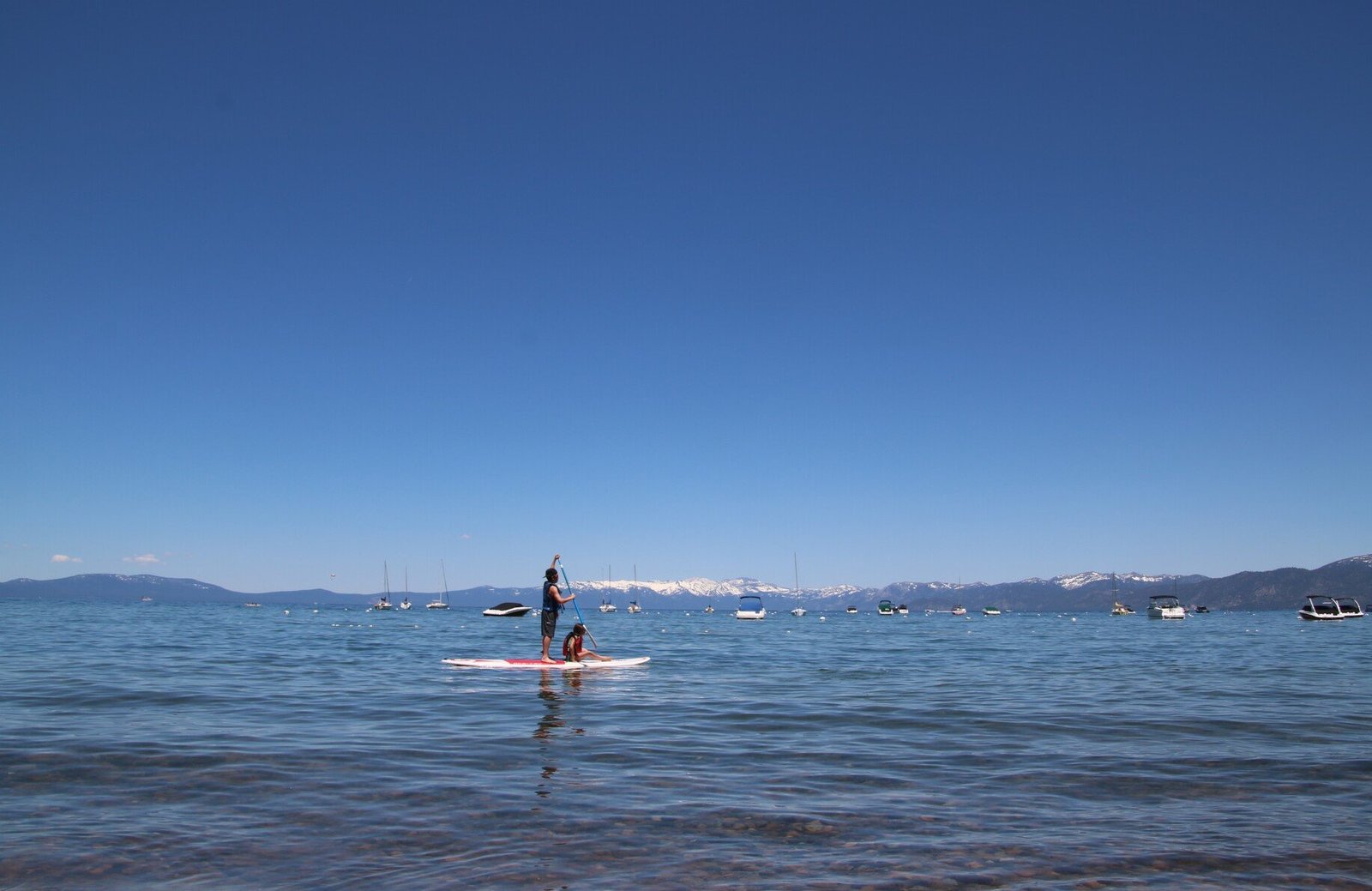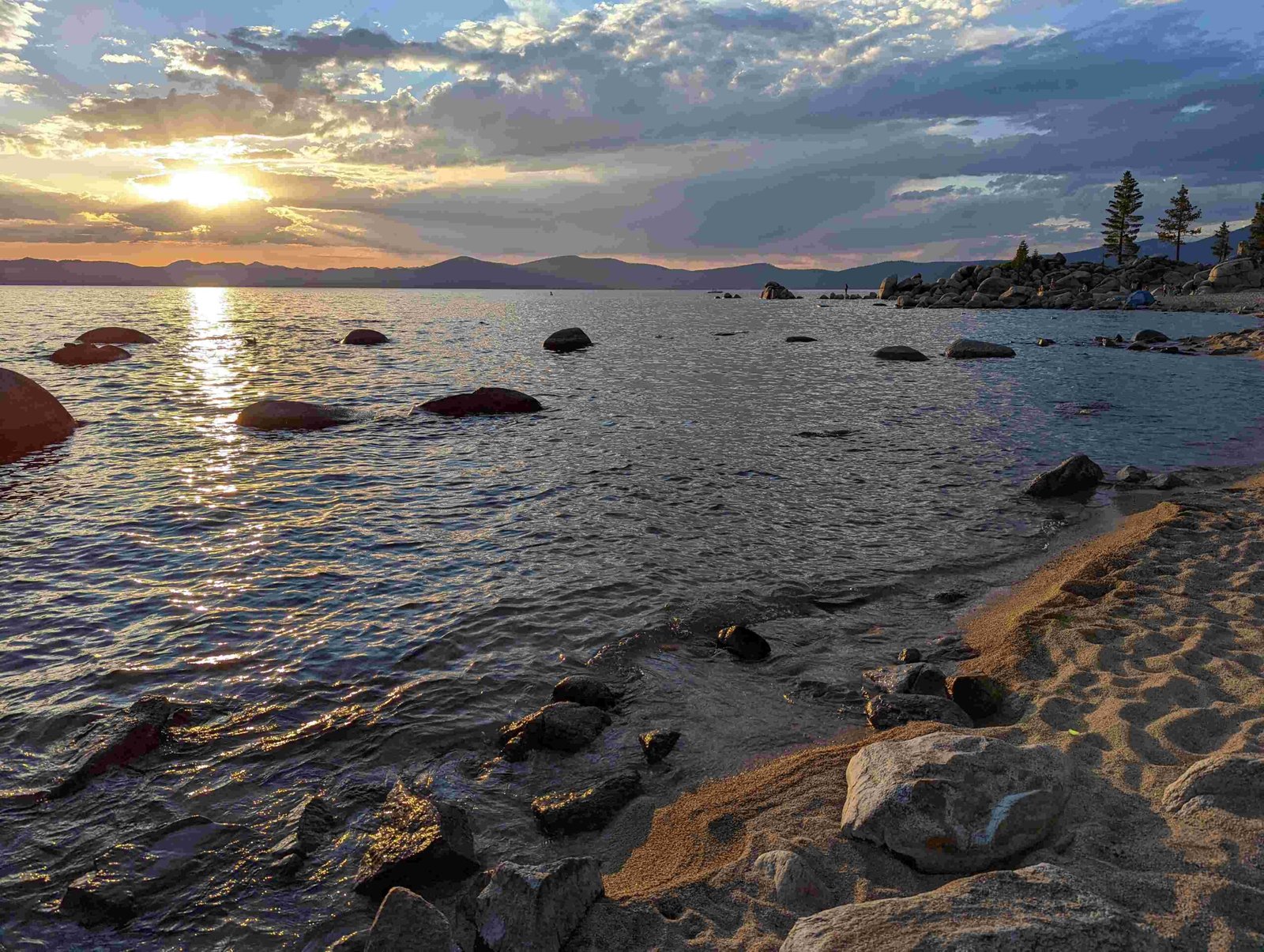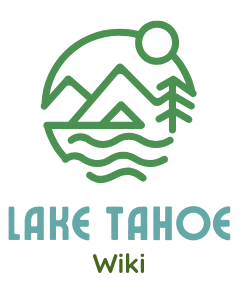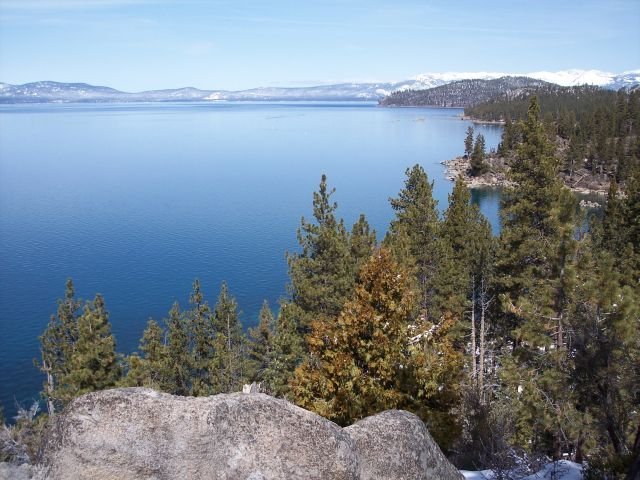Lake Tahoe’s pristine waters offer a sanctuary for swimmers and outdoor enthusiasts, but recent concerns about harmful algal blooms (HABs) have prompted comprehensive water quality testing. Recent investigations reveal that the main lake waters are safe for swimming, with isolated pond areas requiring caution. Visitors can enjoy recreational activities while staying informed about current water conditions and following recommended safety guidelines.
What Makes Lake Tahoe Water Safe?

Lake Tahoe’s water safety is determined through rigorous scientific testing and continuous monitoring by regional environmental protection agencies. The Lahontan Regional Water Quality Control Board and Nevada Division of Environmental Protection conduct regular assessments to ensure public health and safety.
Key Water Safety Indicators
| Indicator | Status | Details |
|---|---|---|
| Harmful Algal Blooms | Negative | No significant toxins detected |
| Swimming Beaches | Safe | El Dorado and Nevada Beaches cleared |
| Isolated Pond Areas | Caution | Low-level toxin presence detected |
How Do Experts Test Lake Tahoe Water?

Water quality experts employ multiple strategies to assess lake safety:
- Regular Sample Collection: Frequent water sampling at multiple beach locations
- Toxin Detection: Testing for specific cyanobacteria and harmful algal bloom toxins
- Comprehensive Analysis: Examining water for Microcystin, Anatoxin-a, and other potential contaminants
What Precautions Should Swimmers Take?
Visitors to Lake Tahoe should follow these essential safety recommendations:
- Check current beach advisories before swimming
- Avoid areas with visible algae or water discoloration
- Keep children and pets away from suspicious water zones
- Rinse off after swimming
- Monitor personal health for any unusual symptoms
Are There Any Current Restrictions?
While the main lake remains safe, specific areas require attention:
- Nevada Beach: Isolated pond under “HAB Watch”
- El Dorado Beach: Previous advisory lifted
- General Lake Area: No widespread swimming restrictions
What Should You Do If You Encounter Suspicious Water?
- Report unusual water conditions to local authorities
- Avoid direct contact with potentially contaminated areas
- Keep pets away from suspicious water zones
- Seek medical attention if experiencing unexpected health symptoms
Additional Safety Recommendations
Swimmers and lake visitors should:
– Bring fresh water for hydration
– Use sunscreen and protective clothing
– Carry a first-aid kit
– Stay informed about current water conditions
Understanding Potential Risks
While Lake Tahoe’s water is generally safe, potential risks include:
– Seasonal algal bloom variations
– Localized water quality changes
– Environmental factors affecting water conditions
Conclusion
Lake Tahoe continues to provide a safe and enjoyable recreational environment. By staying informed, following guidelines, and practicing personal awareness, visitors can confidently enjoy the lake’s beautiful waters.
Quick Safety Checklist
- ✓ Check official water quality reports
- ✓ Observe beach signage
- ✓ Monitor personal and pet health
- ✓ Report unusual water conditions
Expert Contact Information
- Lahontan Regional Water Quality Control Board
- Nevada Division of Environmental Protection
- Local Beach Management Offices
Recommended Resources
- Lake Tahoe Water Quality Website
- Environmental Monitoring Reports
- Local Health Department Advisories
Final Thoughts
Responsible enjoyment of Lake Tahoe’s waters requires ongoing awareness and proactive safety measures. Stay informed, stay safe, and enjoy the natural beauty of this remarkable destination.

